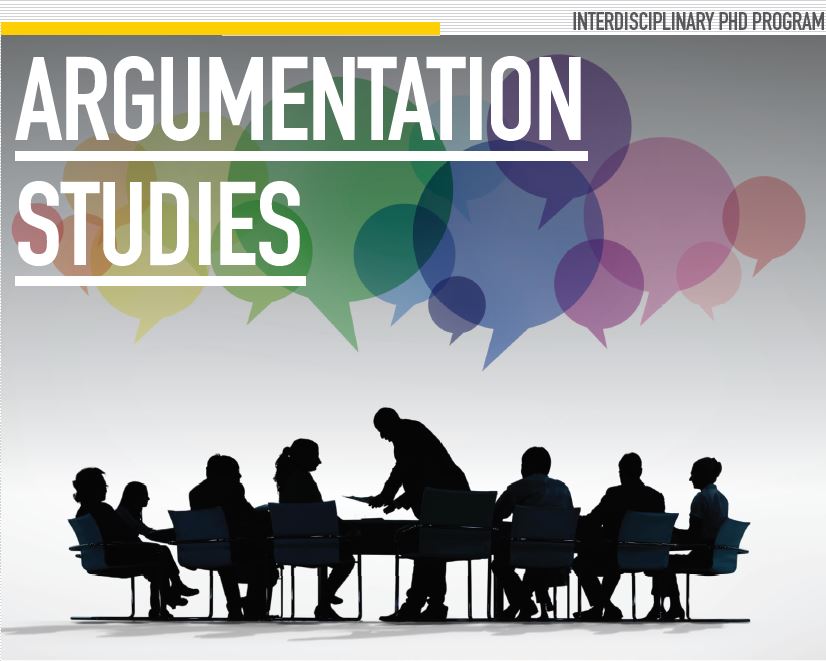Location
University of Windsor
Document Type
Paper
Keywords
argument visualization, audience, computational models of argumentation, conductive argument, formal argumentation systems, modelling real arguments, premise acceptability, proof standards, relevance, sufficiency
Start Date
22-5-2013 9:00 AM
End Date
25-5-2013 5:00 PM
Abstract
This paper presents a formalization of informal logic using the Carneades Argumentation System, a formal, computational model of argument that consists of a formal model of argument graphs and audiences. Conflicts between pro and con arguments are resolved using proof standards, such as preponderance of the evidence. Carneades also formalizes argumentation schemes. Schemes can be used to check whether a given argument instantiates the types of argument deemed normatively appropriate for the type of dialogue.
Creative Commons License

This work is licensed under a Creative Commons Attribution 4.0 International License.
Response to Submission
Marcin Koszowy and Marcin Selinger, Commentary on: Douglas Walton and Thomas F. Gordon's "How to formalize informal logic"
Reader's Reactions
Marcin Koszowy and Marcin Selinger, Commentary on: Douglas Walton and Thomas F. Gordon's "How to formalize informal logic" (May 2013)
Included in
How to formalize informal logic
University of Windsor
This paper presents a formalization of informal logic using the Carneades Argumentation System, a formal, computational model of argument that consists of a formal model of argument graphs and audiences. Conflicts between pro and con arguments are resolved using proof standards, such as preponderance of the evidence. Carneades also formalizes argumentation schemes. Schemes can be used to check whether a given argument instantiates the types of argument deemed normatively appropriate for the type of dialogue.

